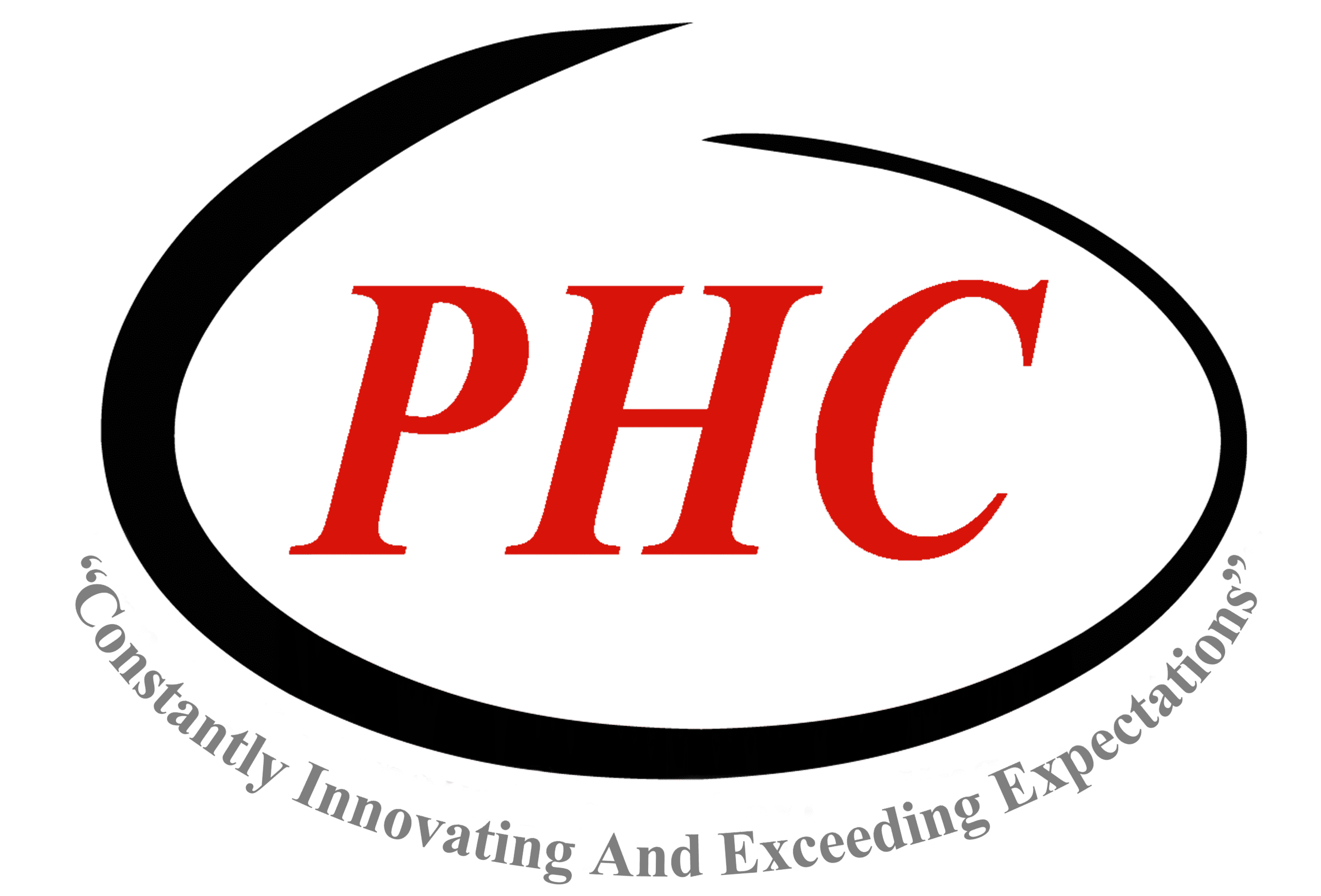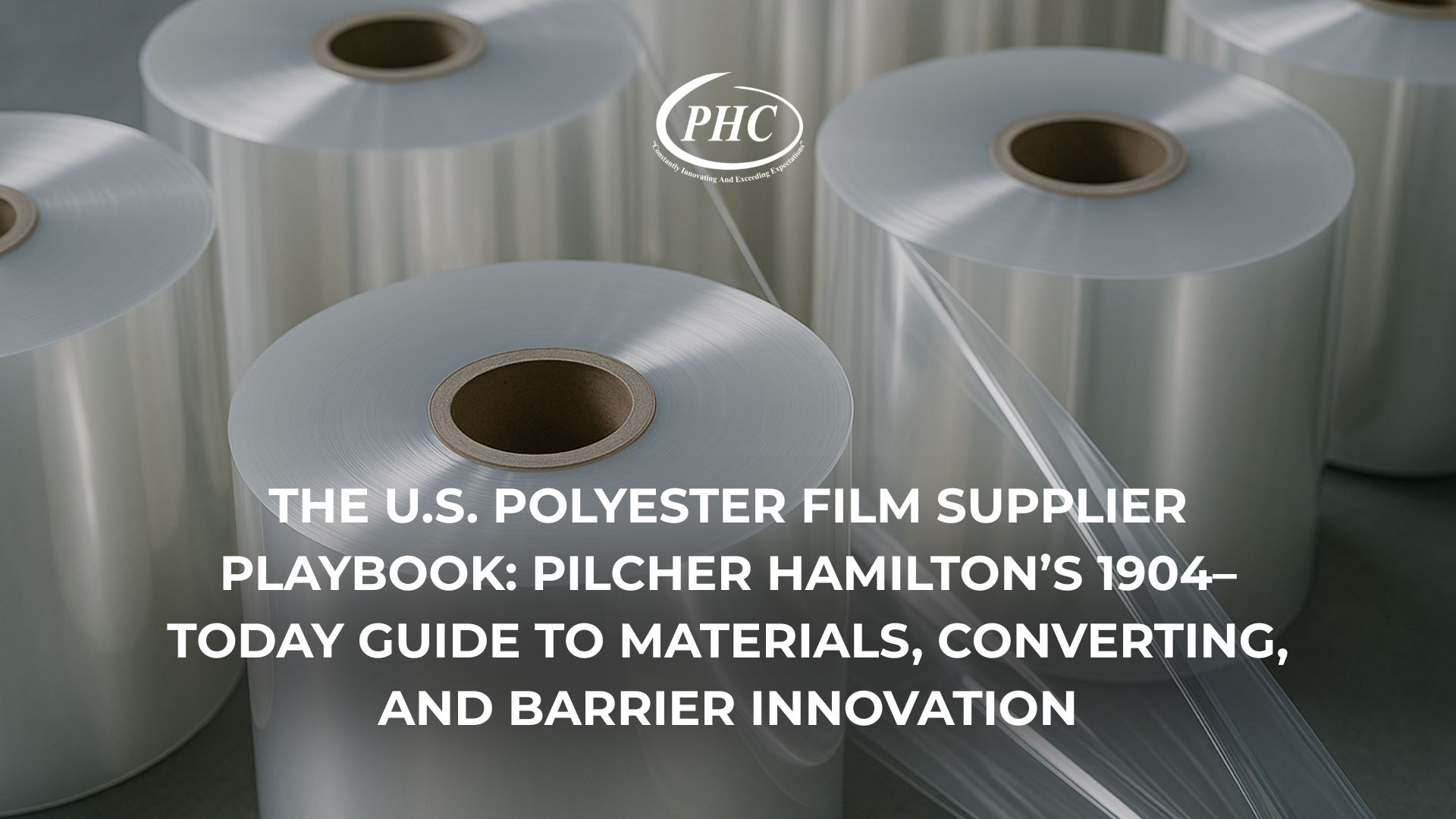What Are Polyester Films and Their Core Properties?
Polyester films—commonly PET or BOPET—deliver a high strength-to-thickness ratio, optical clarity, and dimensional stability that hold up under tension, heat, and converting stress. Within modern polyester film manufacturies, oriented PET balances stiffness with flex crack resistance, allowing tight roll geometry and predictable downstream performance.
Core performance pillars
- Mechanical strength: High tensile modulus supports web handling at speed and resists elongation.
- Thermal stability: PET maintains gauge and lay-flat through many packaging and electrical processes.
- Barrier performance: Metallization or coatings can boost oxygen and moisture resistance for shelf-life gains.
- Surface tunability: Corona and primer systems increase surface energy for inks, coatings, and laminations.
- Clarity and printability: High transparency and low haze enable sharp graphics and optical windows.
- Convertibility: Consistent COF windows and robust heat-seal ranges reduce setup time and scrap.
Explore PHC’s background and footprint: Company background and product lineup.
Key Applications in Packaging, Electrical & Graphics
Packaging
- Primary webs, lidding, and overwraps where clarity and stiffness matter.
- Barrier structures using metallized PET or PVDC-coated PET for moisture, oxygen, and aroma control.
- Flow-wrap and pouch films requiring tuned COF and seal windows. If you search “polyester near me,” PET films often lead the shortlist for consistent machinability.
Electrical
- Motor and transformer insulation layers that benefit from thermal endurance and dielectric strength.
- Label and tag stocks where dimensional stability protects print registration.
Graphics & Labels
- High-clarity bases for displays, decals, and premium labels.
- Release liners for PSAs when smoothness, stability, and controlled release are critical.
Advantages Over Traditional Materials
| Property / Need | PET (BOPET) | PVC | PP (BOPP) | BOPA (Nylon) |
| Tensile & Dimensional Stability | High; excellent web handling | Moderate; plastizer-dependent | Moderate; good stiffness, lower heat deflect | High tensile, more moisture uptake |
| Heat Resistance | Strong; stable sealing & lamination | Lower Tg; heat can deform | Lower heat resistance than PET | Good; can absorb moisture |
| Gas Barrier (Relative) | Good; excellent when metallized or coated | Moderate | Lower OTR/MVTR than PET | Very good O₂ barrier; moisture sensitive |
| Optical Clarity | Excellent, low haze | Good | Good | Good |
| Recyclability & Footprint | Widely recycled; PCR options growing | More constrained | Widely recycled | Recyclability varies by stream |
| Printability / Surface Energy | Tunable via corona/coatings | Acceptable; may need primers | Often needs treatment | Often needs primers/treatment |
Result: PET balances strength, optics, heat, and barrier potential better than most commodity films. It often becomes the “anchor” layer in demanding laminations.
Future Trends in Sustainable Polyester Films
Sustainability now starts at spec. Post-consumer recycled (PCR) PET integrates circular content without abandoning performance or runnability. Heat-sealable PET grades create mono-material paths that reduce structure complexity. Barrier enhancements—metallization, PVDC, acrylic, or hybrid stacks—optimize shelf-life while trimming gauge or layers.
- PCR integration: Increase recycled content while maintaining appearance and mechanical stability.
- Mono-material strategies: PET-on-PET designs simplify recovery and reduce adhesive layers.
- Process efficiency: Tighter COF bands, stable dyne levels, and precise caliper lower scrap and changeovers.
- Data-first qualifying: Film specs and datasheets accelerate approvals and reduce pilot trials.
Explore PCR options at Post-Consumer Recycled PET.
A Legacy Since 1904: History, Mission & U.S. Footprint
Since 1904, Pilcher Hamilton has served American manufacturers through materials know-how, service discipline, and converting precision. From paper to polymer evolution, PHC aligned operations with customer line speeds, quality targets, and pack performance.
Our Greer, SC operations at 850 South Buncombe Road, Greer, South Carolina anchor responsive stocking and converting for East-to-Midwest lanes. Teams comparing polyester film manufacturies recognize PHC’s continuity: stable processes, trained operators, and robust QA. Learn more: About Pilcher Hamilton.
Precision Slitting, Sheeting, Winding & Toll Converting
Converting turns base film into production-ready assets. PHC’s setups target repeatable web handling and low waste from trial to scale.
- Slitting: Edge quality, tight roll build, and consistent COF enable faster ramp-ups. See Slitting services.
- Sheeting: Flatness and cut accuracy protect downstream registration. See Sheeting.
- Winding: Roll geometry and core quality prevent telescoping and fiber lifts. See Winding.
- Toll converting: Bring your film or structures; PHC delivers the edge quality and formats you specify. See Toll converting.
Quality parameters include COF bands, dyne stability, splice control, and core compliance. This precision is why PHC ranks among discerning buyers who benchmark polyester film manufacturies across the USA.
For a product overview, visit All Products.
Barrier Leaders: Metallized & PVDC-Coated PET
Shelf-life hinges on oxygen and moisture control plus aroma preservation. Metallization and PVDC coatings deliver proven barrier results and cohesive lamination behavior.
- Metallized PET: Reflection layer adds oxygen and light barrier while supporting stiffness for high-speed lines. Explore metallized grades.
- PVDC-coated PET: Coating architectures target moisture, oxygen, and aroma barrier for sensitive fills. See PVDC-coated PET.
Top barrier programs at leading polyester film manufacturies rely on these two paths, often blended with acrylic or tie-coat strategies to match inks and adhesives.
Sustainable Choices: PCR, Heat-Sealable & Twistable PET
Circular content should not compromise uptime. PHC supports clear, metallized, and functional films with PCR pathways that protect consistency. Heat-sealable PET simplifies laminations and enables PET-dominant structures. Twistable and clear-metallized options add tactile effects for confectionery and seasonal wraps.
Modern polyester film manufacturies must deliver on all three fronts: circularity, sealing performance, and presentation.
Check PCR solutions: Post-Consumer Recycled.
Surface Engineering: Coating, Corona & Release Systems
Films are engineered from the surface inward. Corona treatment raises surface energy (dyne level) for ink holdout and adhesive anchorage. Coatings tune COF, print fidelity, and release behavior:
- Acrylic coats: Improve print laydown and lamination bond strength.
- Silicone-coated release films: Built for controlled unwind and stable release for PSAs and graphics.
- Adhesive silicone-coated base films: Pair silicone systems with PET stability for reliable liner stacks.
- Chemical-treated & primered webs: Increase anchorage windows for inks and metallization.
(For a full view of conversion workflows, see Toll converting and Slitting. For barrier options, see Metallized and PVDC-coated.)
Product Spotlights (Anti-Fog, Metallized PET, PVDC-Coated)
Anti-Fog PET
- Minimizes condensation to preserve visibility in cold-chain and fresh-pack displays.
- Works with lidding or windowed packs without sacrificing seal integrity.
Metallized PET
- Enhances oxygen and light barrier for snacks, coffee, and dry goods.
- Supports stiffness for premium “crinkle” and shelf-presence.
PVDC-Coated PET
- Builds moisture and aroma defense for confectionery, dry dairy, and pharma secondary packs.
- Maintains clarity for branding and windowed designs.
- Snack Reclose Pouch: Metallized PET replaced a thicker substrate, preserving barrier while reducing gauge. Changeovers shortened with tighter COF bands.
- Cold-Chain Produce Lid: Anti-fog PET maintained a clear window through temperature swings, reducing complaint rates.
- Premium Seasonal Wrap: Twistable clear-metallized PET delivered pop and memory without delamination.
- Regional Speed Program: A buyer searching “polyester near me” accelerated replenishment through Greer, SC stock and local slitting.
FAQs (People-Also-Ask Style)
- What makes PET a top choice for packaging lines?
PET balances clarity, stiffness, and heat resistance. These attributes keep webs stable at speed and improve sealing consistency. - How do metallized and PVDC-coated PET differ?
Metallized PET boosts oxygen and light barrier; PVDC coatings target oxygen, moisture, and aroma with strong clarity retention. - Can PET help reduce multi-layer complexity?
Yes. Heat-sealable PET enables PET-on-PET designs, trimming tie layers while maintaining performance. - Where can I see detailed specs or data?
Request film specs and data through your PHC contact; you can start at All Products and About. - Do you support toll converting of customer-supplied rolls?
Yes. See Toll converting for formats, edge quality, and QA checkpoints. - What is corona treatment in simple terms?
It raises surface energy so inks, adhesives, and coatings anchor reliably, improving print quality and lamination bonds. - How does PHC support sustainability goals?
With PCR PET, PET-on-PET sealing options, and barrier designs that protect product while reducing material complexity. - I need local supply—how fast can you respond?
Greer, SC converting helps regional speed. Many customers begin with “polyester near me” and find PHC’s turnaround competitive. - Do you offer anti-fog PET for cold-chain displays?
Yes. Anti-fog PET helps maintain window clarity in refrigerated environments. - What services help me qualify faster?
Slitting for trial widths, controlled COF, and dyne stability shorten line trials. See Slitting and Toll converting.
Visit Pilcher Hamilton at 850 South Buncombe Road, Greer, South Carolina, or search “polyester near me” to connect. For quotes and technical guidance, reach out via Contact Us.

